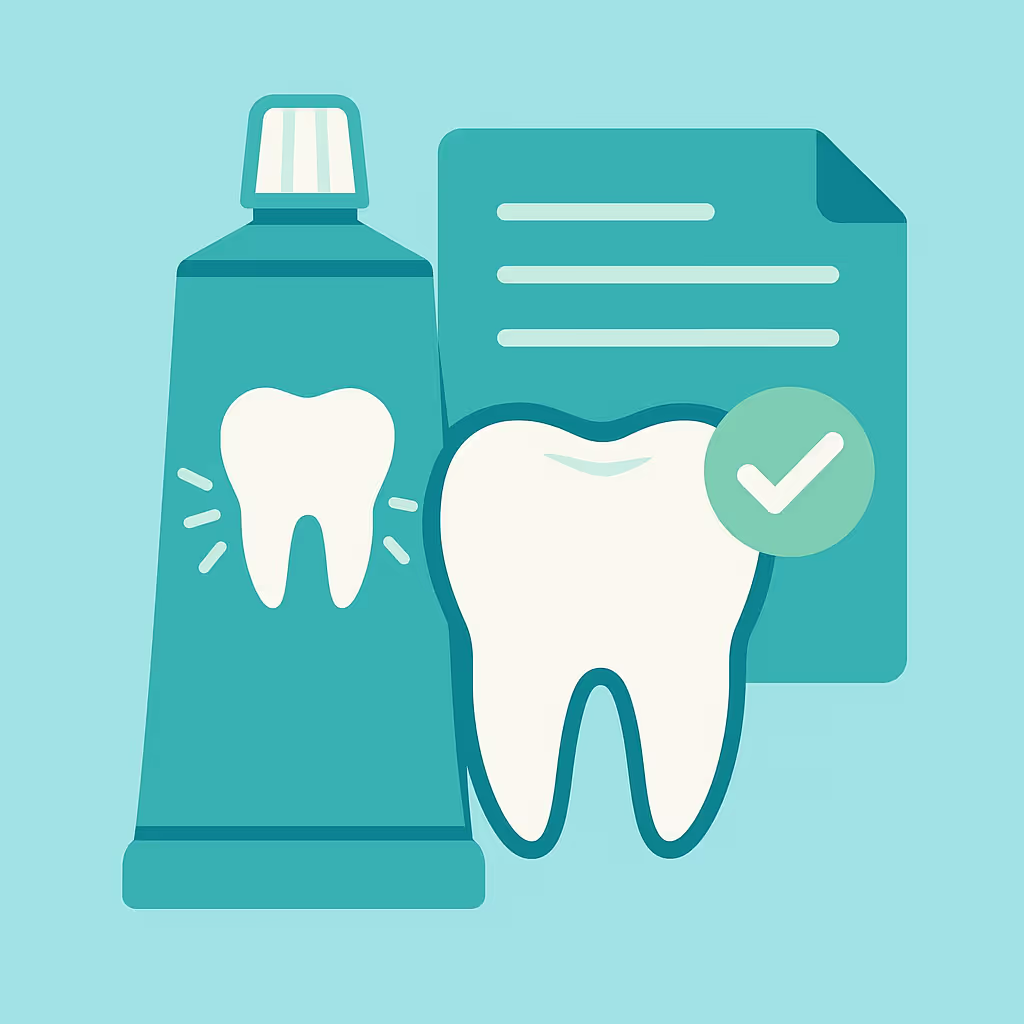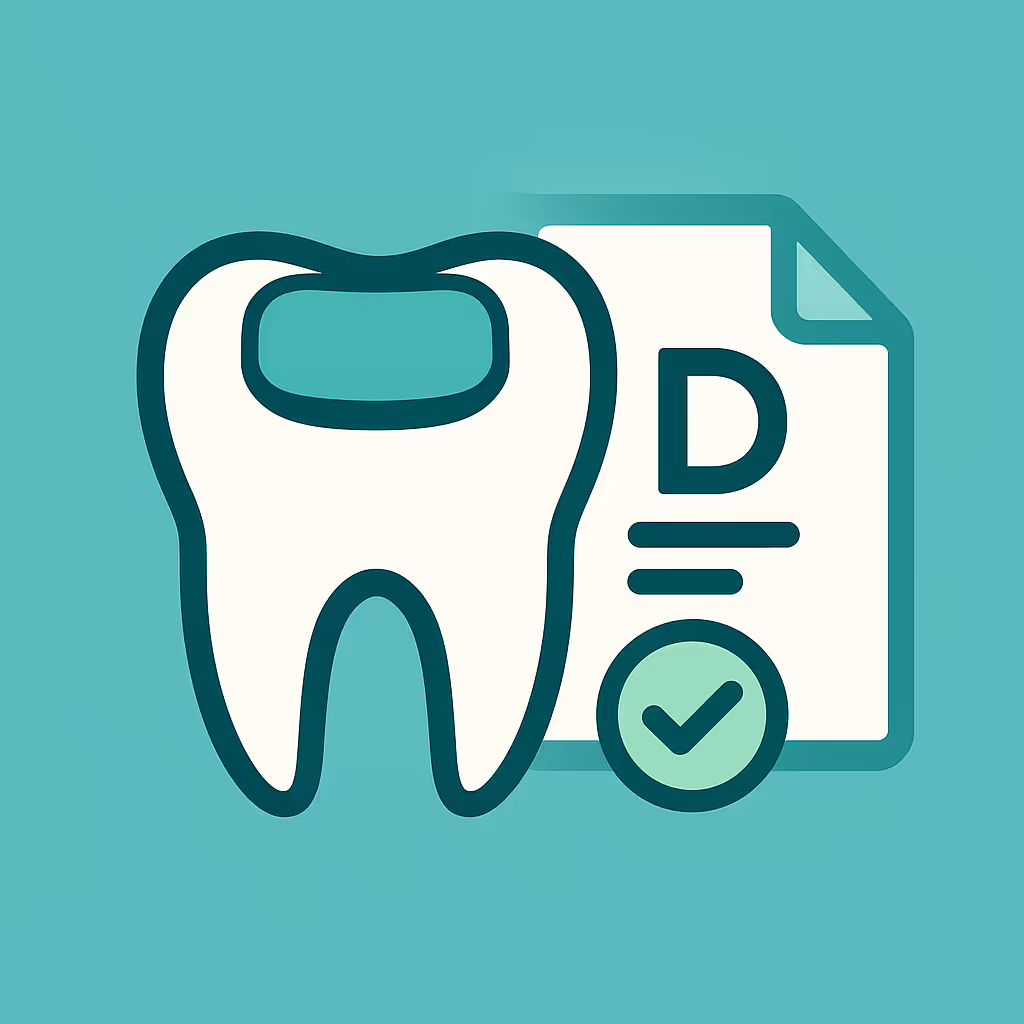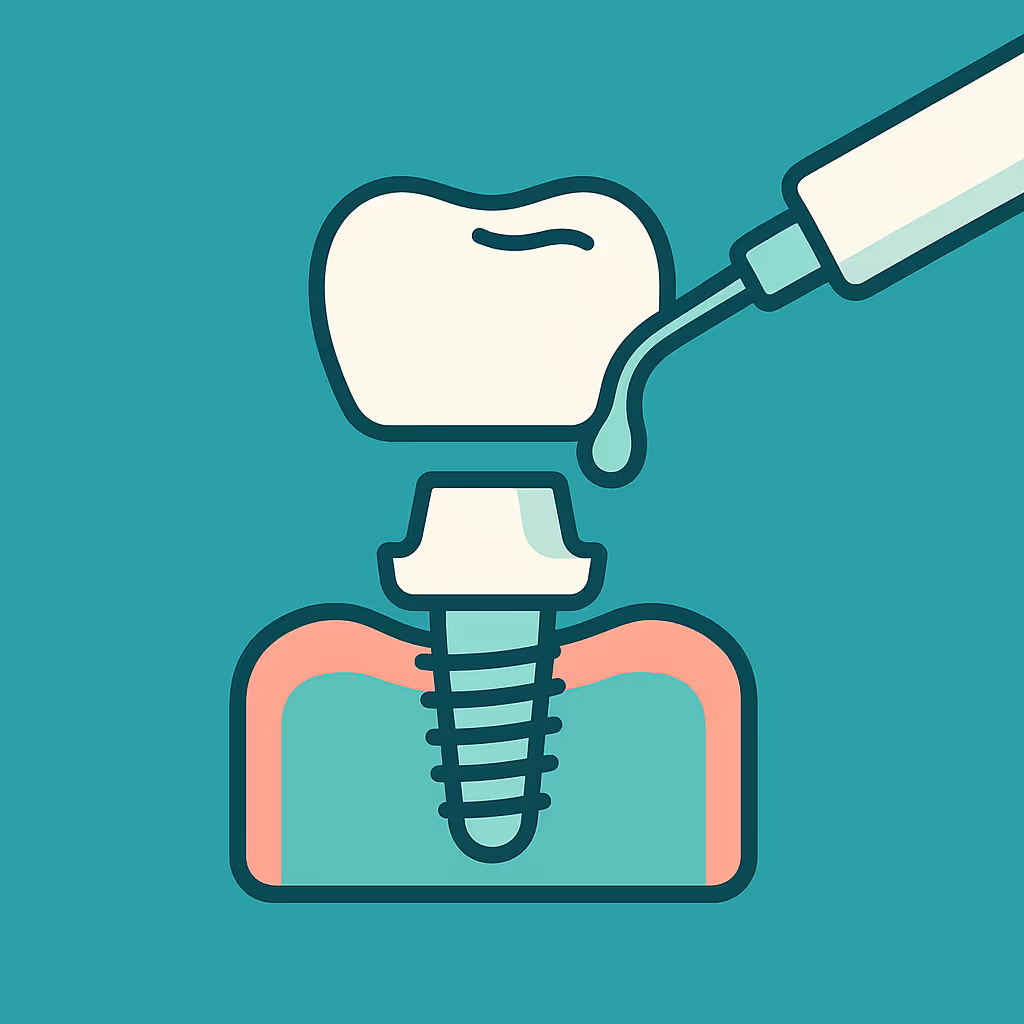Understanding Dental Code D2952
When to Use D2952 dental code
The D2952 dental code is used to report a post and core procedure, in addition to a crown, where the post and core are indirectly fabricated. This CDT code applies when a tooth has lost significant structure and requires both a post (to anchor the restoration) and a core build-up (to replace missing tooth structure), and these components are fabricated outside the mouth (e.g., in a dental lab), not chairside. Use D2952 when the remaining tooth structure is insufficient to retain a crown alone, and an indirect technique is chosen for greater strength or precision.
Documentation and Clinical Scenarios
Accurate documentation is critical for successful reimbursement. Clinical notes should clearly indicate:
- Why the post and core are necessary (e.g., extensive decay, fracture, or previous endodontic treatment).
- That the post and core were fabricated indirectly (not directly in the mouth).
- Pre- and post-operative radiographs showing tooth condition and the final result.
- Details of the materials used and the laboratory invoice, if applicable.
Common clinical scenarios include endodontically treated teeth with minimal remaining coronal structure, or teeth with large restorations that have failed. If the post and core are fabricated directly in the mouth, consider D2950 instead.
Insurance Billing Tips
To maximize reimbursement for D2952, follow these best practices:
- Verify coverage before treatment, as some plans exclude or limit post and core benefits.
- Submit detailed narratives explaining the need for an indirect post and core, referencing clinical findings and radiographs.
- Attach supporting documentation (x-rays, intraoral photos, lab invoices) with the claim.
- Be aware that some payers may bundle D2952 with the crown procedure or downgrade to a direct post and core code. Review EOBs carefully and appeal if appropriate, citing clinical necessity and CDT code definitions.
- Track claims in your AR system and follow up promptly on denials or requests for additional information.
Example Case for D2952
Consider a patient with a root canal treated upper premolar with less than 50% remaining coronal tooth structure. The dentist determines that an indirect cast post and core is needed for optimal retention and strength. The lab fabricates the post and core, which is then cemented, followed by a crown. The claim is submitted with D2952 for the post and core, and the appropriate crown code. The office includes pre- and post-op x-rays, a narrative describing the tooth’s condition, and the lab invoice. The insurance initially denies the claim, bundling it with the crown. The office submits an appeal, referencing the CDT code definition and clinical necessity, and the claim is ultimately paid.





